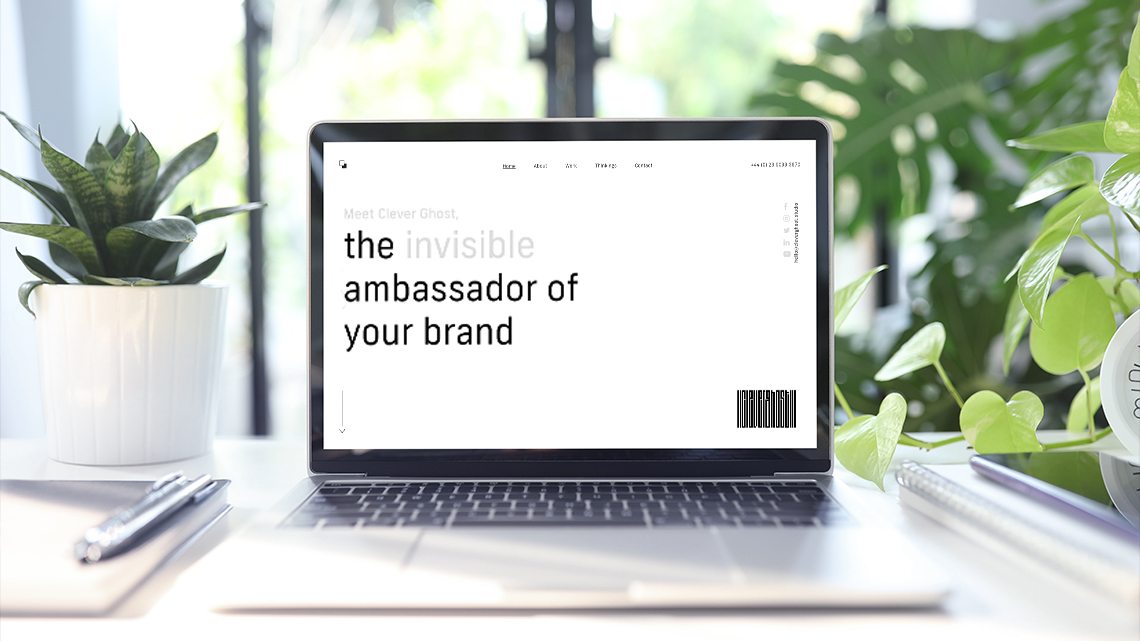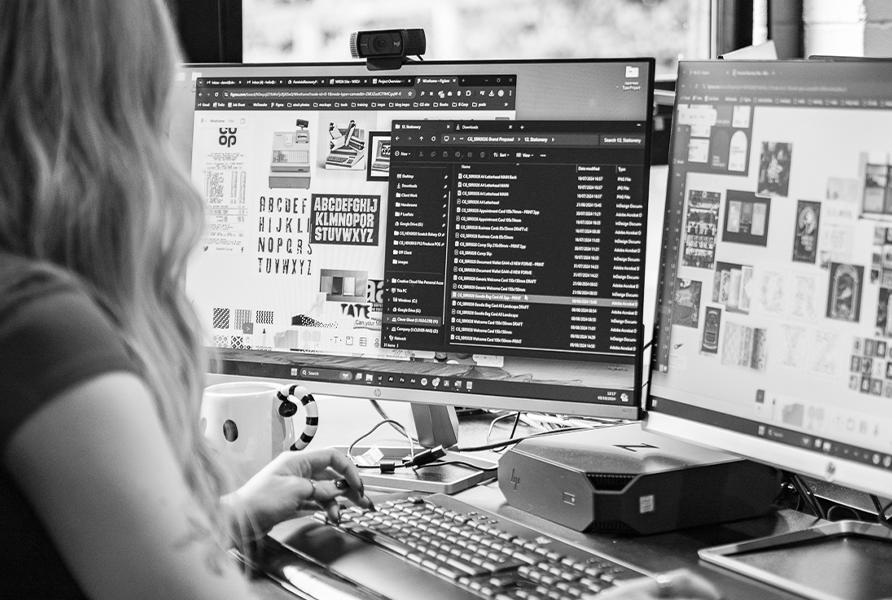
Have you ever thought about how much energy your website consumes per year? According to the BBC, about 3.7% of global greenhouse emissions come from the electricity used by the internet. That’s about the same amount produced by the airline industry. Ouch.
More and more businesses like us are looking at their digital carbon footprint, and how they can reduce it to lessen their impact on the environment.
Here are some things to consider when designing your website that will help reduce your business’ carbon footprint.
1. Optimise images
The larger an image file, the longer it takes to load, which means more energy consumed by both the server and the site visitor’s device. To reduce load times, it is advisable to keep image sizes to a minimum while retaining appropriate quality. You can use online tools like tinypng.com or shortpixel.com to easily compress your images. Be strategic with which images you include in the first place.
2. Remove unnecessary copy
Most people scan text quickly when browsing a website rather than sitting down and reading swathes of text. Keeping your copy short and sweet will communicate your message a lot better, as well as improve efficiency by reducing content.
3. Efficient code
Inefficient code can cause your site to take longer to load, once again drawing more energy from the server and the client’s device. By a process known as minification, unnecessary characters and line breaks can be removed from a website’s code, making the site more efficient.
4. Media Library Housekeeping
Your Content Management System (CMS) holds all the media in your site’s library. This includes content that is not actively being used. You can periodically review this library and remove any redundant content, such as broken links and outdated or low traffic pages.
5. Green Web Hosting
There is a wide range of hosting options available which utilise renewable energy sources to power their servers. This is a hugely effective way to reduce the carbon footprint of your website.
6. Sustainable design
Graphic design choices when building a website can have a notable impact on the website’s efficiency. Designing with a minimalist approach and avoiding unnecessary elements throughout will reduce the website’s weight and load time. A limited colour palette, as well as a minimal number of fonts, will both reduce the amount of data the server has to load.
7. Minimise video content
Videos are a huge energy drain when it comes to loading websites. If they must be included, it’s best to avoid enabling autoplay. This gives the visitor a choice on whether they want to expend the energy required to load the video. You should also ensure that video content is sized optimally and is no longer than it needs to be.
If you are interested in designing a new website for your business and want to find out how you can lessen your business’ impact on the environment, get in touch and let’s chat about how we can help you.




